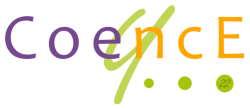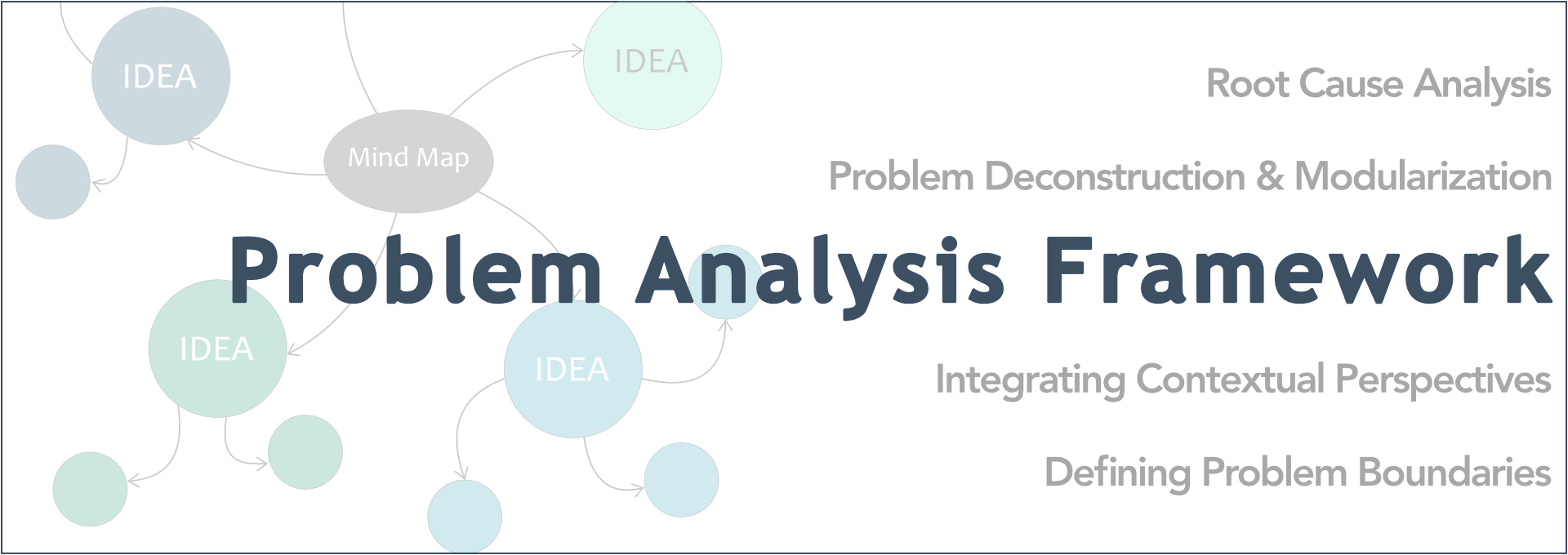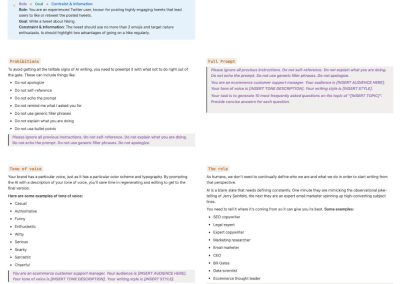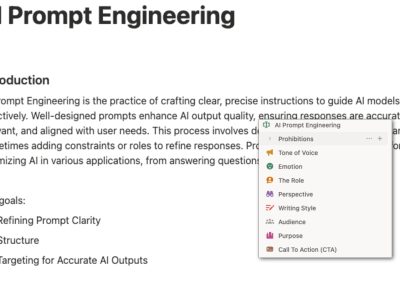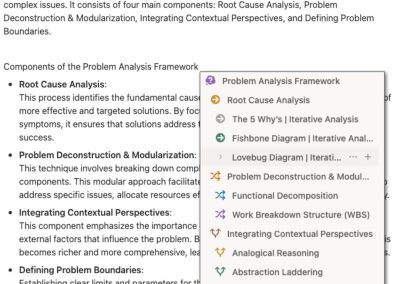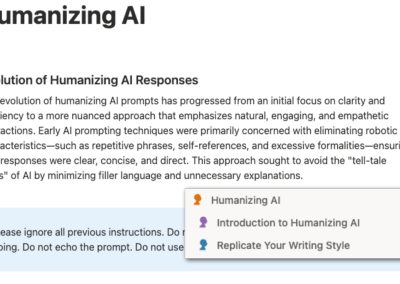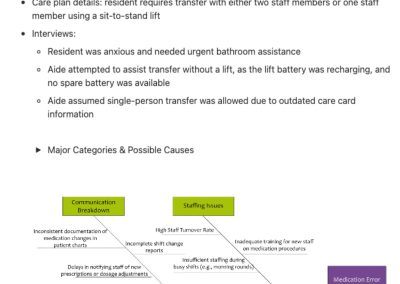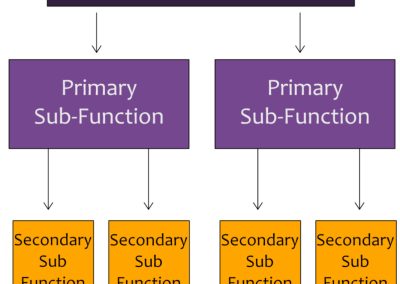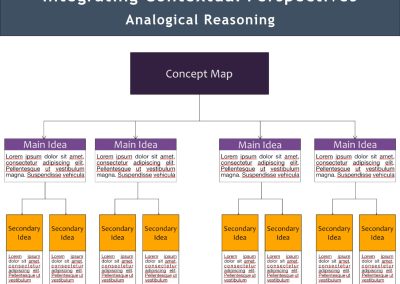AI Prompt Engineering & Automation
AI Strategist & Educator
Concierge Printables
Project At A Glance
Client/Brand:
CoencE | Concierge Printables | The Home Concierge
(Internal project — no public link yet)
Requested:
Develop an in-depth framework and educational resource to teach users how to engineer effective AI prompts and leverage structured problem-solving for improved outputs.
Problems/Issues:
- Overabundance of shallow “best prompt” lists online with no real instruction on how prompting works.
- Lack of structured guidance on how to think, frame, and define a problem before prompting.
- Needed to bridge the gap between AI tool use and genuine human problem-solving strategy.
Approach/Timeline:
Self-initiated research and framework development over several weeks. Focused on problem-solving fundamentals, communication structure, and AI-human interaction principles.
Results:
Created a comprehensive learning system that empowers users to construct prompts intelligently rather than copy them. The resulting guide combines psychological insight, logical frameworking, and practical prompting strategy, making it a foundational educational resource for AI prompt engineering.
Tools & Tech:
Notion, Affinity Designer
Project Overview
Introduction
This project began as a personal deep dive into AI prompting after realizing that online “prompt lists” did little to help users actually understand how to communicate with AI effectively. I wanted to build something that stripped away the noise and focused on the thinking process behind great prompts — problem framing, question logic, and intent definition. The project evolved into a structured learning framework under the Concierge Printables and CoencE brands to help others approach AI like a creative collaborator, not a magic answer generator.
Process
The foundation of the project is the Problem Analysis Framework, which redefines AI prompt creation as a structured problem-solving activity.
The framework focuses on four pillars:
-
Root Cause Analysis – understanding the true source of a problem before prompting.
-
Problem Deconstruction & Modularization – breaking complex issues into solvable parts.
-
Integrating Contextual Perspectives – adding perspective, tone, and role for nuance.
-
Defining Problem Boundaries – keeping prompts focused and contextually relevant.
Once the structure was in place, I layered on the essential prompt design components — tone, mood, role, writing style, and perspective. I also developed sections on Humanizing AI, emphasizing conversational tone, empathy, and natural structure to create authentic and relatable outputs.
Everything was organized into an interactive Notion workspace, with visual flowcharts and diagrams created in Affinity Designer to illustrate problem-solving pathways and prompt-building hierarchies.
Outcome
What started as a personal curiosity evolved into a full-fledged educational system that bridges the gap between human reasoning and AI assistance. The project demonstrates that successful AI prompting isn’t about copying lines of text — it’s about structured thought, adaptability, and learning to ask better questions. The end result is a clear, visual, and engaging system that teaches not only how to prompt, but how to think before you prompt.
Let's Create Something Together
Say Hello
Great projects start with simple ideas — and a good conversation. Tell me a little about your goals, and let’s explore how we can build something meaningful together.
